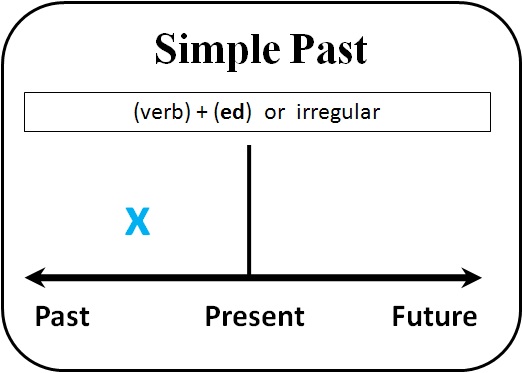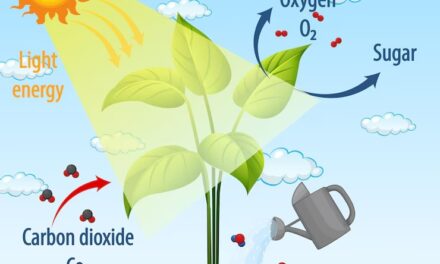The simple past tense helps us talk about actions that happened and finished in the past. Think of it as telling a story about something that’s already done!
When Do We Use Simple Past Tense?
We use the simple past tense to describe:
- Actions that started and finished in the past
– “Yesterday, I played basketball.”
– “Last summer, we visited our grandparents.”
- A series of completed actions
– “First, I woke up, then I brushed my teeth, and finally I ate breakfast.”
- Past habits or repeated actions
– “When I was young, I walked to school every day.”
How to Form the Simple Past Tense
Regular Verbs
For most verbs, we simply add ‘-ed’ to the base form:
– play → played
– walk → walked
– jump → jumped
Special spelling rules:
- For verbs ending in ‘e’: just add ‘d’
– smile → smiled
– dance → danced
- For verbs ending in consonant + ‘y’: change ‘y’ to ‘i’ and add ‘ed’
– cry → cried
– try → tried
- For short verbs with one syllable ending in consonant-vowel-consonant: double the last consonant and add ‘ed’
– stop → stopped
– plan → planned
Irregular Verbs
Some verbs change their form completely in the past tense:
– go → went
– eat → ate
– run → ran
– see → saw
– write → wrote
Making Sentences
- Positive Sentences:
– Subject + Past Tense Verb + Object
– “Tom played football.”
- Negative Sentences:
– Subject + did not/didn’t + Base Form of Verb + Object
– “Tom did not play football.”
- Questions:
– Did + Subject + Base Form of Verb + Object?
– “Did Tom play football?”
Image Courtesy

















